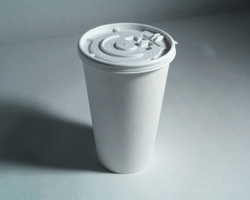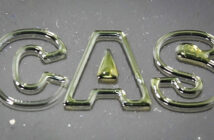This is the first in a series of ongoing articles written by Pierre Pienaar, who is the national president of the Australian Institute of Packaging. This focuses on packaging that does not present major hurdles for the impaired.
Opening food packages daily is taken for granted, like getting dressed. But many people struggle because of bad sight or some physical impediment.
Recently at the AIP National Technical Forum, Arthritis Australia reminded delegates to be ever mindful of those who struggle even with a basic pack. When one sees the plethora of ‘tools’ folk with disabilities resort to using such as pairs of pliers, scissors, screwdrivers and knives the message becomes a reality check for designers.
Many a senior citizen will reflect on how they never buy some products because the pack is too difficult to open.
Packaging technologists need to consider the consumer wishes. The response may be that they are a minority but consider the statistics. One in five Australians has arthritis, says Arthritis Australia. It impacts 3.85 million people, 18.5 percent of the population. Add other disabilities and soon a sizeable percentage could be struggling with packaging.
Watch out for the elderly on flights at meal time. Notice how often an attempt is made to open an ordinary pack of unitdose jam or butter where the foil lid needs to be removed, and you will see how often these products are put aside unopened.
While arthritis is a growing design problem as the size of the senior population grows, another challenge is easy-to-read instructions for the visually impaired. It is wise to remember the influence those with physical challenges have on the buying power of their family. Grandchildren have been heard to say, “We cannot buy that because Nana cannot open it.”
There are many simple design features that could be incorporated into packaging to ease opening: putting a groove into the top of the closure where a table knife can be placed into the groove; using tamper evident seal labels rather than clip-lock closures. In flexible packing greater use
can be made of easy-peel types where the bag can be easily pulled apart.
If each designer improves the opening of just one pack over the next year, sales will be positively affected by many more happy customers.
For more information:
Pierre Pienaar, National President
Australian Institute of Packaging
Email: [email protected]
Visit: www.aipack.com.au





























































































